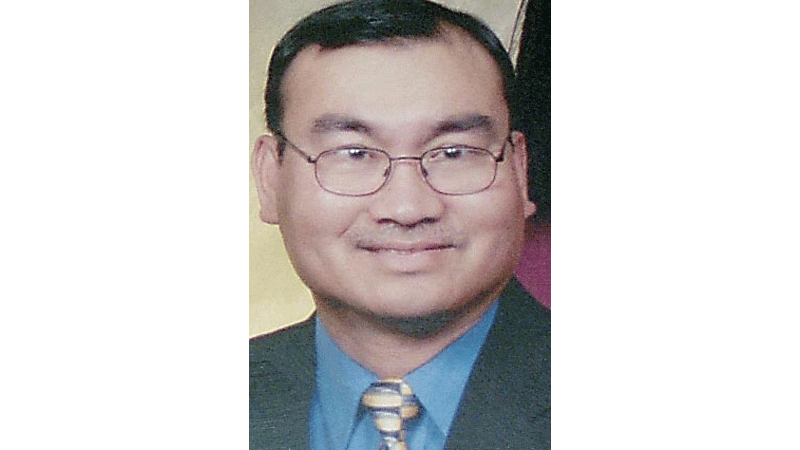Children at risk
Published 10:45 am Wednesday, April 2, 2014
A Hampton Roads Child Fatality Review Team report released last week struck a particular nerve with me, as a recent new father.
The team consists of the regional child protective services consultant, social services representatives, district medical examiner and others from the medical community, law enforcement, legal community, military, the Children’s Hospital of the King’s Daughters’ child abuse program and child advocacy groups.
Virginia’s legislature has granted local and regional child fatality review teams and the state team special access to records concerning suspected cases of child abuse and neglect, which the Virginia Freedom of Information Act otherwise excludes from public release.
This makes the teams’ annual reports, containing statistical and not personal or identifying information, all the more important.
Cases are often made public in court proceedings, but only these reports give the overall picture.
The Hampton Roads team’s fiscal 2013 report counted 12 child deaths in Hampton Roads found to have been caused by abuse or neglect, against 33 statewide; and that regional figure could rise to 16, depending on the outcome of several court appeals.
Many child deaths are preventable, the team concluded, and members have outlined various prevention measures they plan to work toward.
One strategy could be better training for law enforcement and social services workers: Families of six of the 12 children had previous contact with social services, and in at least five deaths, one of the abusers had a criminal record.
One statistic that would be easier to improve, however is the 31 cases that were unfounded, 18 of which were associated with unsafe sleeping environments.
The key here is raising the level of awareness. From one generation to the next, researchers in the field are discovering more and more ways of minimizing the risk of sudden infant death syndrome, but the knowledge of parents and caregivers doesn’t always keep pace.
Unsafe sleeping environments include soft bedding, putting a child on its stomach to sleep, sleeping in an adult’s bed with or without the adult, and sleeping in other places not intended for infant sleeping, like a couch or car seat.
Putting blankets in the crib with a 3-month-old on a cold night can seem like the right thing to do, but sleep sacks are the better way to go. Bumpers on the inside of a crib might look nice, but the American Society of Pediatrics warns they can result in suffocation, strangulation or entrapment while offering no evidence of injury prevention.
I believe poverty is linked to many of these deaths. For instance, some parents use blankets because they can’t afford sleep sacks or to heat their home, or co-sleep because the money isn’t there to buy a crib.
Right there is another obvious avenue for action.
Parenting information, including upcoming local events, can be found at www.kidspriorityone.org.
Matthew Ward is a staff writer for The Suffolk News Herald. He can be reached at matthew.ward@suffolknewsherald.com




